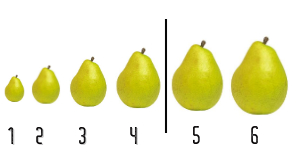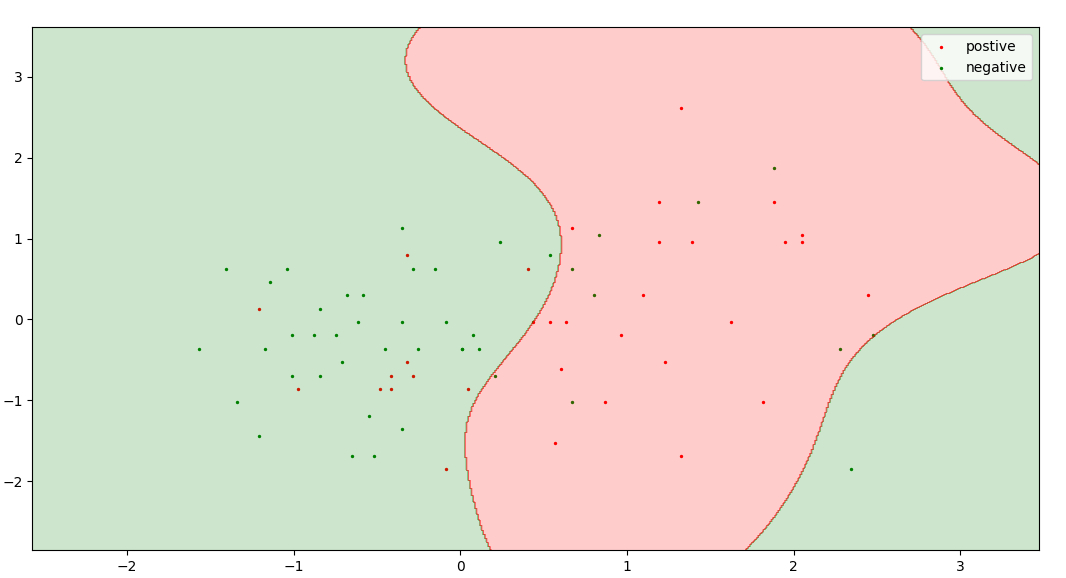毫升 |主动学习
什么是主动学习?
主动学习是监督机器学习的一个特例。该方法用于构建高性能分类器,同时通过主动选择有价值的数据点将训练数据集的大小保持在最小。
我们应该在哪里应用主动学习?
- 我们有非常少量或大量的数据集。
- 未标记数据集的注释需要人力、时间和金钱。
- 我们可以使用有限的处理能力。
例子
在某个星球上,有各种不同大小的水果(1-5),其中一些有毒,而另一些则没有。决定水果是否有毒的唯一标准是它的大小。我们的任务是训练一个分类器来预测给定的水果是否有毒。我们拥有的唯一信息是,大小为 1 的水果是无毒的,大小为 5 的水果是有毒的,并且在特定大小之后,所有水果都是有毒的。

第一种方法是检查水果的每个大小,这会耗费时间和资源。
第二种方法是应用二分搜索并找到过渡点(决策边界)。这种方法使用较少的数据并给出与线性搜索相同的结果。
General Algorithm :
1. train classifier with the initial training dataset
2. calculate the accuracy
3. while(accuracy < desired accuracy):
4. select the most valuable data points (in general points close to decision boundary)
5. query that data point/s (ask for a label) from human oracle
6. add that data point/s to our initial training dataset
7. re-train the model
8. re-calculate the accuracy接近主动学习算法
1.查询合成
- 通常,当我们有一个非常小的数据集时,会使用这种方法。
- 这种方法我们从给定的 n 维空间中选择任何不确定的点。我们不关心那个点的存在。

在这个查询中,综合可以从 3*3 二维平面中选择任何点(有价值的)。
- 有时,人类预言机很难对查询的数据点进行注释。

这些是查询合成方法为经过手写识别训练的模型生成的一些查询。注释这些查询非常困难。
2. 抽样
- 当我们有一个大数据集时使用这种方法。
- 在这种方法中,我们将数据集分为三个部分:训练集;测试集;未标记的池(讽刺)[5%; 25%、70%]。
- 这个训练数据集是我们的初始数据集,用于初始训练我们的模型。
- 这种方法从这个未标记的池中选择有价值/不确定的点,这确保了所有查询都可以被人类预言机识别

黑点代表未标记的池,联合红色、绿色点代表训练数据集。
这是一个主动学习模型,它根据类中某个点的概率来决定有价值的点。在逻辑回归中,最接近阈值的点(即概率 = 0.5)是最不确定的点。因此,我选择 0.47 到 0.53 之间的概率作为不确定性范围。
您可以从此处下载数据集。
Python3
import numpy as np
import pandas as pd
from statistics import mean
from sklearn.impute import SimpleImputer
from sklearn.preprocessing import StandardScaler
from sklearn.linear_model import LogisticRegression
from sklearn.model_selection import train_test_split
# split dataset into test set, train set and unlabel pool
def split(dataset, train_size, test_size):
x = dataset[:, :-1]
y = dataset[:, -1]
x_train, x_pool, y_train, y_pool = train_test_split(
x, y, train_size = train_size)
unlabel, x_test, label, y_test = train_test_split(
x_pool, y_pool, test_size = test_size)
return x_train, y_train, x_test, y_test, unlabel, label
if __name__ == '__main__':
# read dataset
dataset = pd.read_csv("./spambase.csv").values[:, ]
# imputing missing data
imputer = SimpleImputer(missing_values = 0, strategy ="mean")
imputer = imputer.fit(dataset[:, :-1])
dataset[:, :-1] = imputer.transform(dataset[:, :-1])
# feature scaling
sc = StandardScaler()
dataset[:, :-1] = sc.fit_transform(dataset[:, :-1])
# run both models 100 times and take the average of their accuracy
ac1, ac2 = [], [] # arrays to store accuracy of different models
for i in range(100):
# split dataset into train(5 %), test(25 %), unlabel(70 %)
x_train, y_train, x_test, y_test, unlabel, label = split(
dataset, 0.05, 0.25)
# train model by active learning
for i in range(5):
classifier1 = LogisticRegression()
classifier1.fit(x_train, y_train)
y_probab = classifier1.predict_proba(unlabel)[:, 0]
p = 0.47 # range of uncertanity 0.47 to 0.53
uncrt_pt_ind = []
for i in range(unlabel.shape[0]):
if(y_probab[i] >= p and y_probab[i] <= 1-p):
uncrt_pt_ind.append(i)
x_train = np.append(unlabel[uncrt_pt_ind, :], x_train, axis = 0)
y_train = np.append(label[uncrt_pt_ind], y_train)
unlabel = np.delete(unlabel, uncrt_pt_ind, axis = 0)
label = np.delete(label, uncrt_pt_ind)
classifier2 = LogisticRegression()
classifier2.fit(x_train, y_train)
ac1.append(classifier2.score(x_test, y_test))
''' split dataset into train(same as generated by our model),
test(25 %), unlabel(rest) '''
train_size = x_train.shape[0]/dataset.shape[0]
x_train, y_train, x_test, y_test, unlabel, label = split(
dataset, train_size, 0.25)
# train model without active learning
classifier3 = LogisticRegression()
classifier3.fit(x_train, y_train)
ac2.append(classifier3.score(x_test, y_test))
print("Accuracy by active model :", mean(ac1)*100)
print("Accuracy by random sampling :", mean(ac2)*100)
'''
This code is contributed by Raghav Dalmia
https://github.com / raghav-dalmia
'''输出:
Accuracy by active model : 80.7
Accuracy by random sampling : 79.5有几种模型可供选择最有价值的点。他们之中有一些是:
- 委员会查询
- 查询合成和最近邻搜索
- 基于大边距的启发式
- 基于后验概率的启发式
参考:Burr S.关于人工智能和机器学习的主动学习综合讲座。